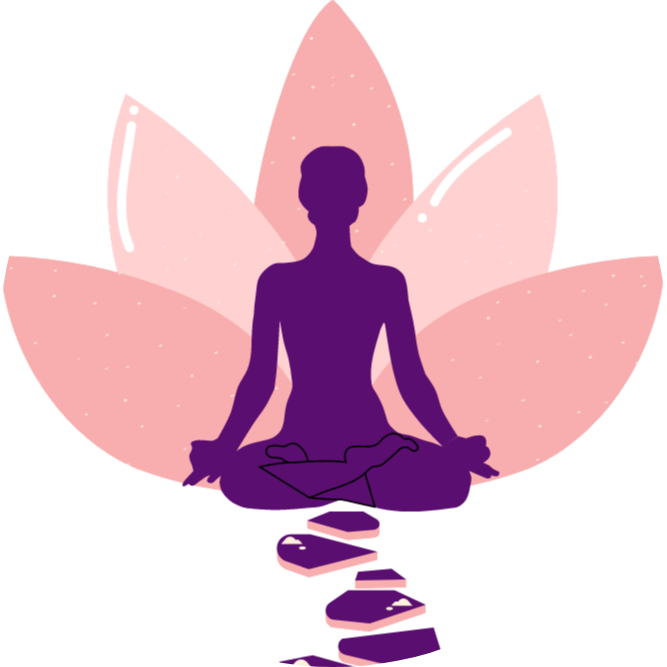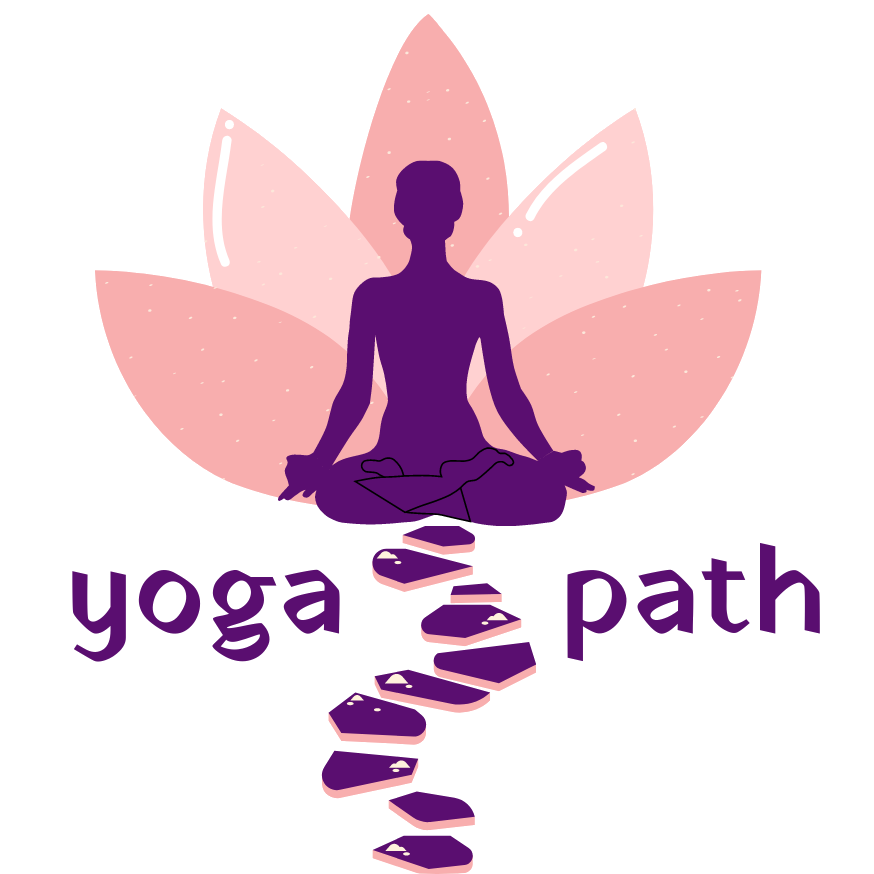In life, we are constantly setting intentions, be it in the form of goal setting, New Year’s Resolutions or simply putting our daily to-do list into action. These intentions, whether we are aware of them or not, keep us on track to achieve the targets we have set for ourselves.
In Yoga too, we start our practice with an intention for that session, thus conditioning our mind and body to be totally present and aware of our every move. By consciously setting an intention, we call on the power of our mind to focus completely on the asanas, pranayamas or other techniques that we practice in class. In yogic practice, this intention is called ‘Sankalpa’.
Coined from the Sanskrit words ‘San’ meaning “a connection with the highest truth” and kalpa, meaning “vow”, ‘Sankalpa’ is a vow and commitment we make to support our highest truth. The Vedas define ‘Sankalpa’ as “the will that precedes all actions.”
At a more profound level, our Sankalpa evokes our ‘Dharma’, our overarching purpose for being here. When made with clarity, humility, and enthusiasm, a Sankalpa may be extremely potent, continuously reminding us of our true nature, guiding our decisions, and bringing us into harmony or oneness with the creator.
A Sankalpa, isn’t just any resolution or pact you make with yourself; it’s more of an intention that comes from deep within and can manifest even without words. Sankalpa turns inward to connect with the highest intention of the heart, to tap into your subconscious to find and achieve your deepest and true desire. It is set on the premise that we already possess the traits necessary to realise our highest goal, and that by focusing on them in practice, we strengthen our connection to our life’s purpose.
As the Sankalpa is a declaration of your genuine intentions, it doesn’t need a lot of effort to become a part of your life. Start small, with intentions in everyday routine like “I eat healthy” or “I speak with kindness”; you will notice that these choices become a part of your daily life and from there you can expand into larger intentions such as “I am present here and now and aware of my thoughts and action”. Thus, you start creating your every day in a deliberate manner. Recognising your heartfelt desire allows you to reach your full potential further steering your journey towards inner transformation.
But how to find your Sankalpa? Look within!
Explore your Sankalpa:
We can employ the tool of ‘Swadhyay,’ or self-introspection or self-study, to help us get clear on our Sankalpa. It entails paying attention to yourself and allowing your heartfelt desires to surface. Just be patient with yourself and remain receptive to the process.
Consider what you want to do with your life. What exactly is your goal? What is your most authentic self-expression? What would bring you joy? What kind of person do you want to be in the world? Create a goal that will guide you in that direction. When you’ve discovered your purpose, it will resonate with who you are and exude a sense of expansiveness and joy. When writing your intention, use the present tense and positive language. Simply direct your energy in the direction you wish to travel.
Because the Sankalpa is your own inner goal, it can be discovered by tapping into your subconscious mind while practicing Yoga Nidra, a deep yoga relaxation technique in which your body and mind are calm and open to change. “What do I actually want?” you might wonder. Or ask, “What is it that I truly desire?” Allow the answer to come to you without the interference of your questioning mind. The more you practice Yoga Nidra and allow yourself to rest in open awareness, the more naturally you will find yourself in better alignment and harmony, and get clear on your Sankalpa.
A sankalpa that is rooted, vibrant, and expansive is one that serves your ultimate good. It will make you feel both rested and energized, and it will pervade your entire body and being.
When to set your Sankalpa:
Take a minute when you next step onto your mat to establish an energy affirming and uplifting purpose for that session and allow that intention to guide and inspire you. You’ll feel more confident and anchored in your practice, knowing that you can achieve anything that you set your mind to. You can also carry this intention off the mat into your daily life.
The state of Yoga Nidra, when your mind is most open to suggestions, helps inscribe your Sankalpa on the subconscious for the more profound layer of Sankalpa, related to your Dharma.
Other appropriate times to set or repeat your sankalpa are just before going to sleep or just before waking up, when you are in a deep state of relaxation.
Sankalpa Mudra, a hand gesture used during seated meditation, connects the right and left sides of the brain such that the mind, spirit, and body can work cooperatively to bring about change. In this mudra, the left hand rests palm up on the right thigh, and the right hand covers the left with the palm facing down. The practitioner then repeats their personal Sankalpa.

Live by your Sankalpa:
Setting your Sankalpa is a first step. Now put it into practice. Practice as much as you can, reveling in the endless possibilities that await you. Act according to your Sankalpa. As a result, you are able to get out of the way. Your subconscious resources will work towards realizing your intention if it is securely rooted in the depths of your mind.
Sankalpa’s ultimate goal is to honor your life’s true divine meaning, your highest purpose. It is a declaration of intent to change.
Remember that you are already all that you could be; you have everything you need to fulfill your Dharma. Now simply make a Sankalpa and follow through with it.

